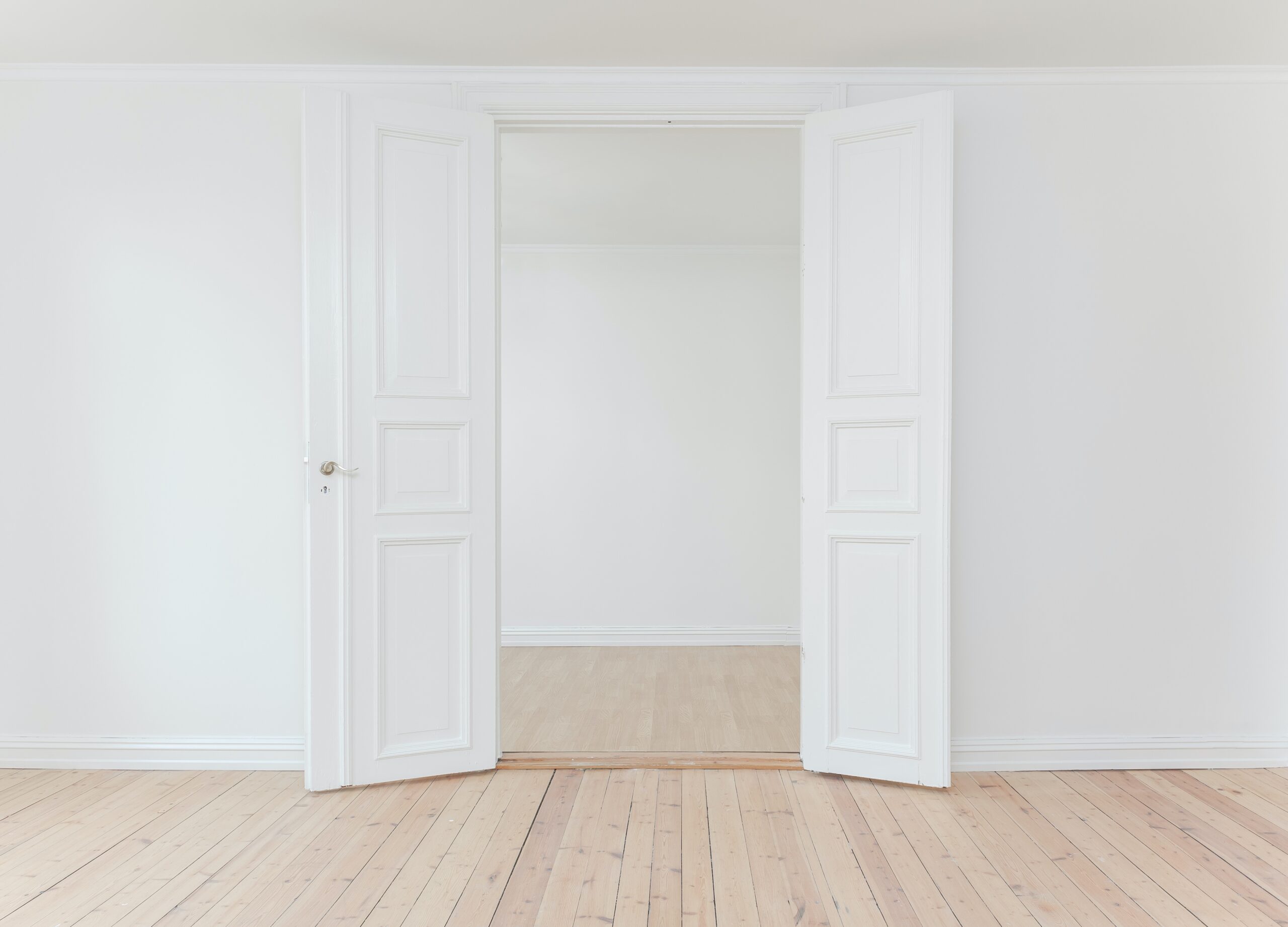Absolutely! Here’s an article on design and decor that follows the E.E.A.T principles.
Transforming Spaces: The Art of Design and Decor
Introduction
The world of interior design has always been about more than just arranging furniture in a room or slapping paint on the walls. It’s an art form that involves understanding the interplay of space, color, texture, and light to create environments that inspire, comfort, and function well for their inhabitants. Whether personalizing a new home, updating a room, or staging an area for a specific event, design and decor have the power to completely transform a space.
The Foundation of Design: Understanding Space and Functionality
Before delving into aesthetics, it’s crucial to understand the space you’re working with and how it will be used. This is the foundation upon which all good design is built. Functionality is the key to ensuring that the space not only looks good but also works well for those who use it.
Start with a floor plan and consider the flow of movement through the space. Where are the entry and exit points? How will the room be navigated? This understanding will influence the placement of furniture and the design elements you choose. It’s also important to consider practicalities such as lighting, storage needs, and how the room will be used on a day-to-day basis.
Color Me Happy: The Psychology of Color in Design and Decor
Color has the power to evoke emotions and set the tone for a space. When selecting a palette for your design project, consider the psychological effects colors can have. For example, blues and greens tend to be calming and are excellent choices for bedrooms or offices where serenity is desired. Reds and oranges, on the other hand, are energizing and might be perfect for a kitchen or dining area.
Also, consider how different colors can make a room feel larger or cozier. Lighter hues reflect more light and can help a small space feel more open, while darker colors can create warmth and intimacy in a larger room.
Texture and Materials: Adding Depth and Interest
Beyond color, texture plays a significant role in design and decor. Combining various textures can add depth and interest to a room. Consider the mix of soft textiles such as throw pillows and curtains with harder materials like wood and metal in furniture. Don’t be afraid to mix and match – a leather sofa can be softened with a plush throw, or a sleek glass table can be warmed up with a textured runner.
Materials also contribute to the overall feel of a space. Natural materials like wood and stone bring warmth and a touch of the outdoors inside, while metals and synthetic materials can create a more modern, industrial vibe.
Lighting: The Overlooked Element
Lighting is often an overlooked element in design, yet it’s one of the most important. Good lighting can enhance colors, create ambiance, and even affect our mood. Incorporate a mix of light sources – from overhead fixtures to table lamps and wall sconces – to give you control over the atmosphere at different times of the day.
Natural lighting should also be considered in your design plan. Think about how the sun moves through the space and the quality of light it brings. Use window treatments that can adjust to let in or block out light, and position mirrors to reflect natural light and brighten up darker corners.
Personal Touches: Making a House a Home
The most beautiful spaces are those that reflect the personality of the people who live in them. Incorporating personal touches into your design can turn a sterile room into a welcoming retreat. Display treasured photos, artwork, or collections in a tasteful way. Choose decor that has a story or special meaning to you and your family.
Don’t be afraid to experiment with your design choices. Your home should evolve with you, so pieces that can be easily updated or changed out, like throw pillows, wall art, or small furnishings, are great for keeping things fresh.
Sustainable Design: A Growing Trend
As environmental awareness increases, sustainable design and decor are becoming more prevalent. Choosing eco-friendly materials, repurposing furniture, and incorporating plants into your interior design are just a few ways to be mindful of the environment while creating beautiful spaces.
Consider materials like bamboo, cork, or reclaimed wood, which are renewable and have a lower impact on the planet. Look for decor items made from recycled materials, or shop at thrift stores and flea markets for unique pieces that won’t require new resources to make.
Final Flourishes: The Details that Complete the Design
The final touches in a design project are what truly complete the look. These are the small details, like decorative knobs on drawers, the trim on a lampshade, or the pattern of a rug that tie everything together. Pay attention to these finishing elements as they can make a big difference in the overall feel of the space.
Conclusion
Design and decor are about more than just aesthetics; they’re about creating spaces that reflect who we are and how we live. From understanding the fundamentals of spatial design to adding personal touches that make a space truly yours, the process is a blend of art and science. Whether you’re a seasoned pro or just starting, the journey of transforming spaces is a rewarding one that can bring beauty and functionality into your everyday life. Remember, the most important aspect of design is that it feels like home to you.
